9 Golfers Who Were Hyped as the ‘Next Tiger Woods’ and Failed
Fans once expected a new generation to dominate golf the way Tiger Woods did. Tournament wins, massive endorsements, and early success followed several young players—some even before they turned 20. Analysts made comparisons based on swing speed, distance, mental toughness, and results in majors.
But the gap between promise and performance grew wider with time. These golfers carried Tiger‑level expectations at one point, yet unfortunately, none of them built a career that truly followed that path.
Anthony Kim
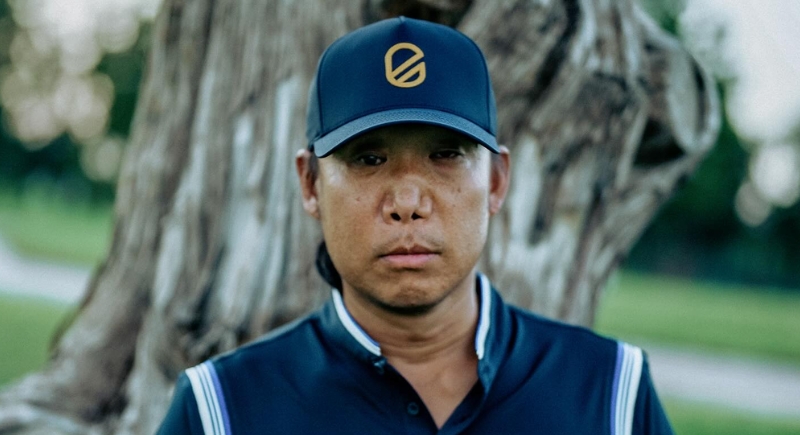
Credit: Instagram
Fans remember Anthony Kim for fearless play during the 2008 Ryder Cup, where he outshone older teammates. He won three PGA Tour titles before turning 25 and looked ready for more. His sudden disappearance from the sport remains a mystery. Reports of injuries surfaced, but he never announced a full retirement.
Rory McIlroy
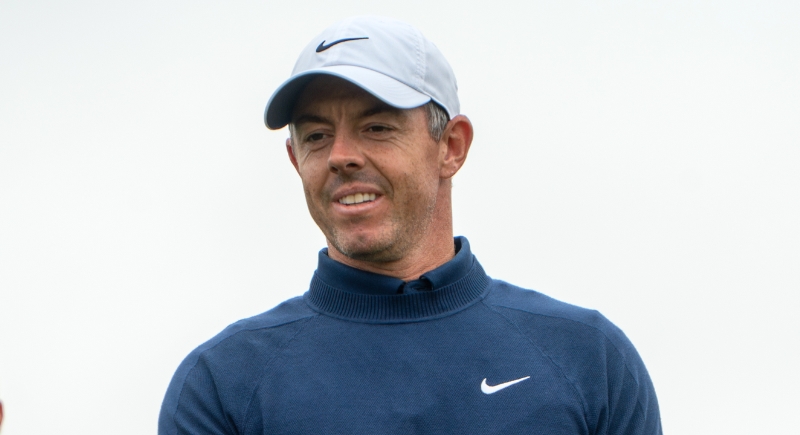
Credit: Wikimedia Commons
Major history highlights Rory McIlroy as one of the fastest to four titles in modern golf. He reached that mark by 2014, which also included an impressive PGA Championship win at Valhalla. Statistically, his driving distance led the tour in multiple seasons and gave him a clear advantage on long layouts.
Jordan Spieth
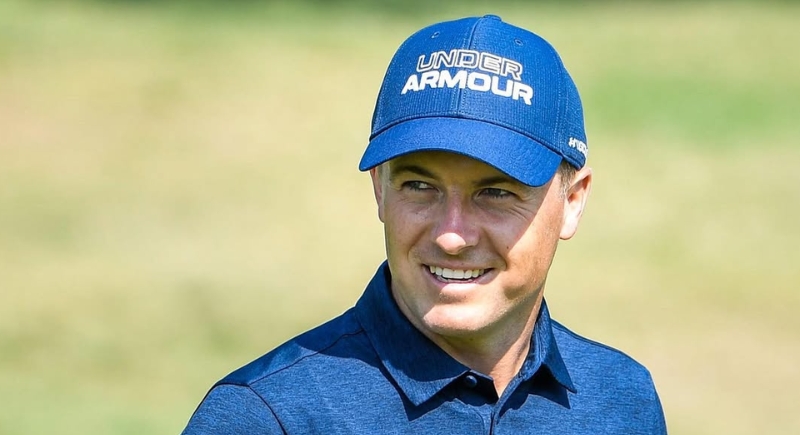
Credit: Instagram
If you watched golf in 2015, you probably remember how Jordan Spieth made every big moment look easy. He won the Masters with a record-tying score, then took the U.S. Open two months later. His putting looked automatic, and the comparisons to Tiger came quickly. People expected a decade of dominance. But swing changes and missed cuts slowed that momentum.
Rickie Fowler
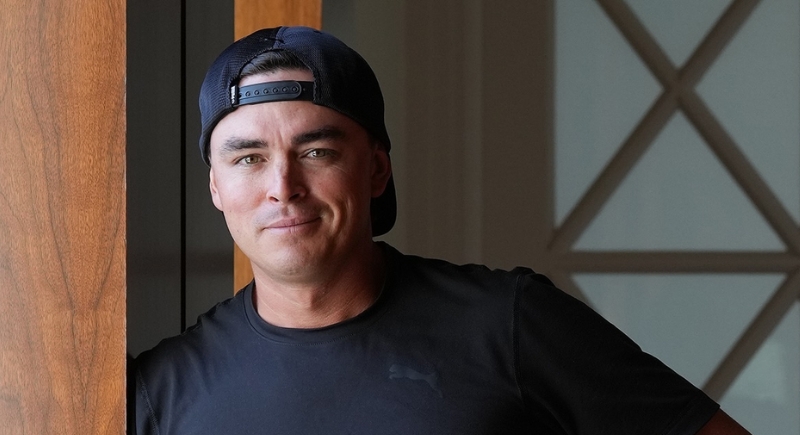
Credit: Instagram
Today, Rickie Fowler plays as a seasoned pro while trying to rebuild consistency after years of uneven results. A decade ago, he finished in the top five in all four majors in 2014—an achievement few have matched. That run made a major win feel inevitable. Instead, slumps followed, and the breakthrough never came.
Jason Day
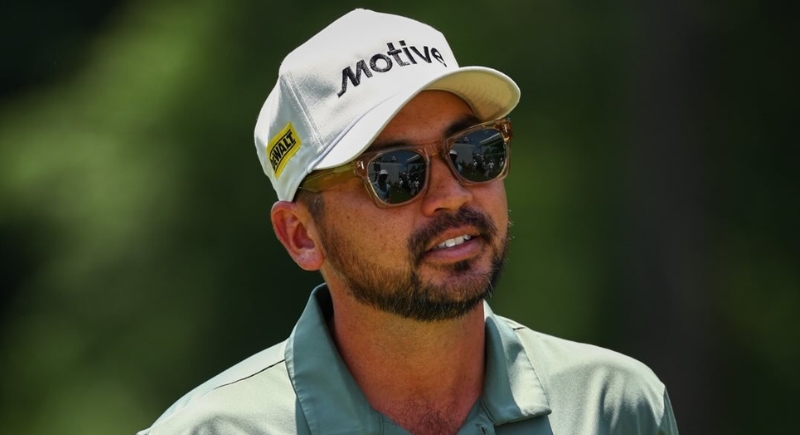
Credit: Instagram
Health issues often shape the direction of an athlete’s career more than raw talent or initial success. Jason Day showed that clearly. He reached number one in 2015 after winning the PGA Championship and putting together a remarkable season. Then, back problems and bouts of vertigo disrupted everything.
Patrick Reed
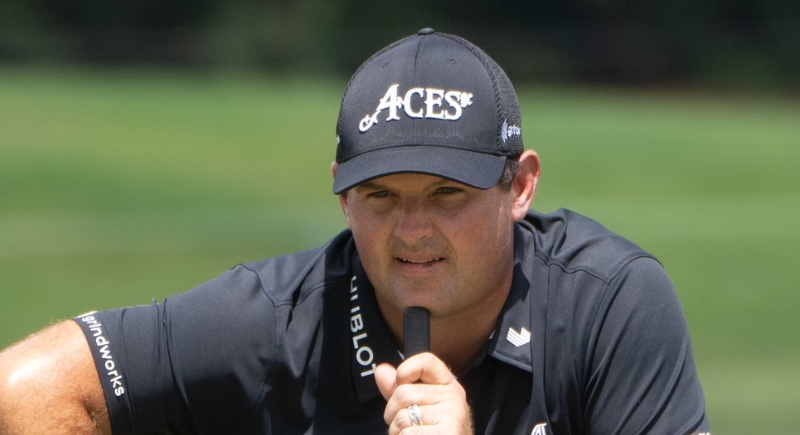
Credit: Instagram
One player who hasn’t made most “next Tiger” lists in recent years is Patrick Reed, largely because his play in majors hasn’t been consistent. Off-course controversies and erratic form made it easy to overlook him. But at the beginning of his career, he made a strong case, thanks to his sharp short game and bold decisions.
Danny Lee

Credit: Instagram
We typically expect top amateurs to make a quick impact on the professional stage, but that’s rarely how it plays out. Danny Lee came in as a U.S. Amateur champion with a swing that coaches admired and plenty of hype. His promise faded as results bounced between strong weeks and quick exits.
Beau Hossler
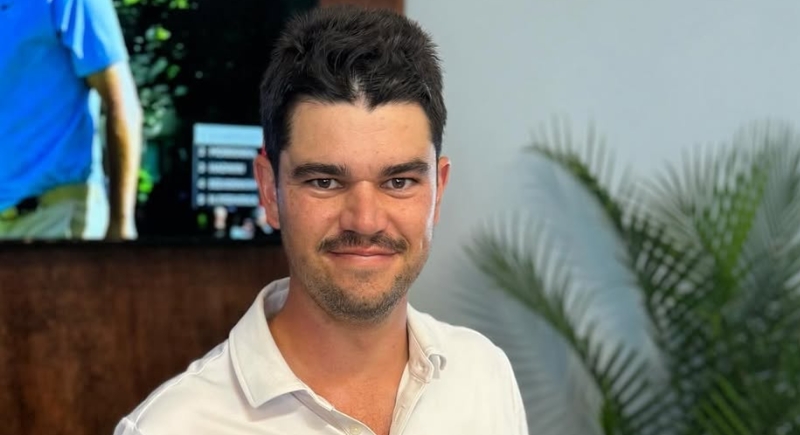
Credit: Instagram
After becoming a household name at just 17, Beau Hossler sparked genuine excitement among golf fans. People saw composure well beyond his age and believed they were watching a future major champion in real time. That brief lead at the U.S. Open turned him into a player to watch. He turned pro soon after and built a stable, if unspectacular, career.
Matteo Manassero
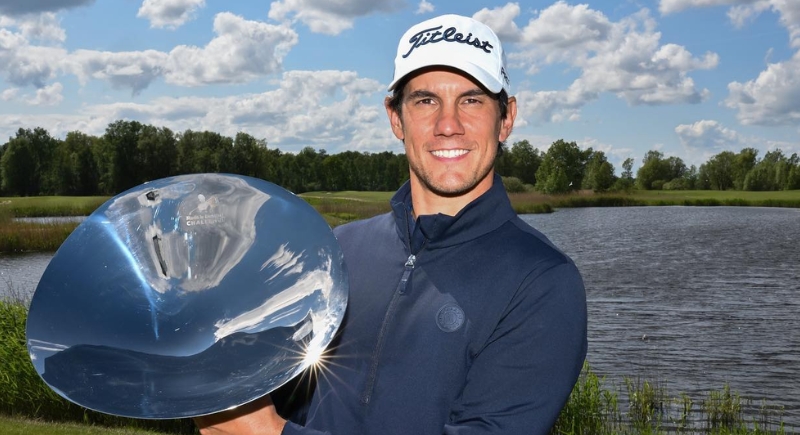
Credit: Instagram
Losing consistency at the height of your rise can be hard to recover from. For Matteo Manassero, swing changes aimed at gaining distance ended up costing him the control that once defined his game. Before that, he had four European Tour wins and looked poised for a long run at the top. When the results disappeared, so did the confidence.
Ty Tryon

Credit: ebay
Ty Tryon’s story is a reminder that early success can sometimes do more harm than good. At just 17, he qualified for the PGA Tour and landed big endorsement deals, with many calling him the next big thing. He had power, skill, and confidence—some even compared him to Tiger Woods. But the pressure hit hard. Struggles with injuries and missed cuts followed, and he never found steady ground on the Tour.
Scottie Scheffler

Credit: Instagram
Scheffler didn’t enter the pro scene with the same hype as some of his peers, but his rise has been undeniable. Since 2022, he’s topped key stats like strokes gained on approach and piled up wins at elite events, including the Masters and multiple Players Championships. His dominance came through steady progress.
Brooks Koepka
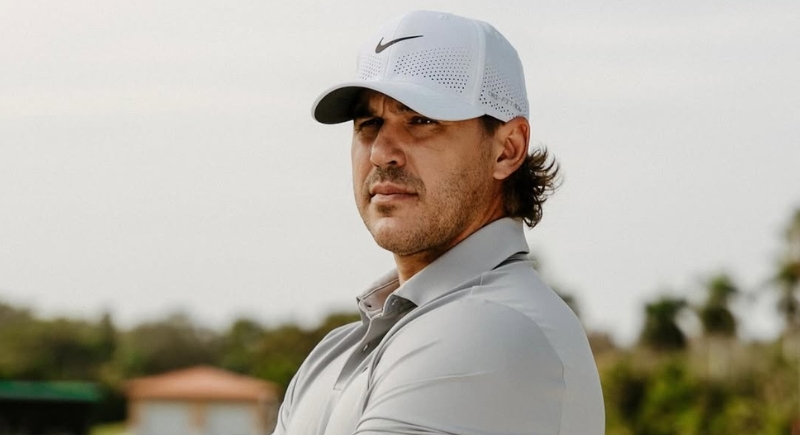
Credit: Instagram
Analysts believe Brooks Koepka redefined what it means to peak at the right time. Despite five major wins, his lack of consistency in regular tour events kept him from fully taking over the sport. He focused almost entirely on golf’s biggest stages, often skipping or underperforming in lesser tournaments.
Dustin Johnson
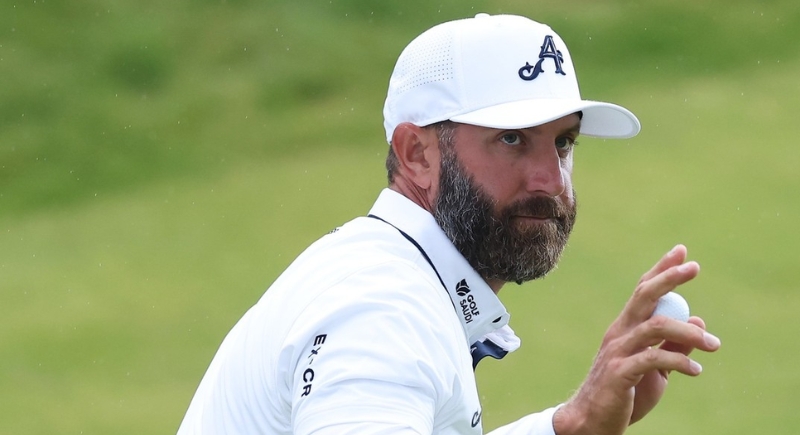
Credit: Instagram
In the history of the Official World Golf Ranking, few players have spent more time at number one than Dustin Johnson. He established himself across multiple seasons, driven by unmatched power off the tee and a steady putting stroke when it mattered most. He captured two majors and stayed competitive in nearly every format.
Michelle Wie West

Credit: Instagram
Even before various players her age reached college, Michelle Wie West was teeing it up in men’s professional events. She delivered a major win at the 2014 U.S. Women’s Open, but recurring injuries and a reduced schedule limited her trajectory.
Phil Mickelson
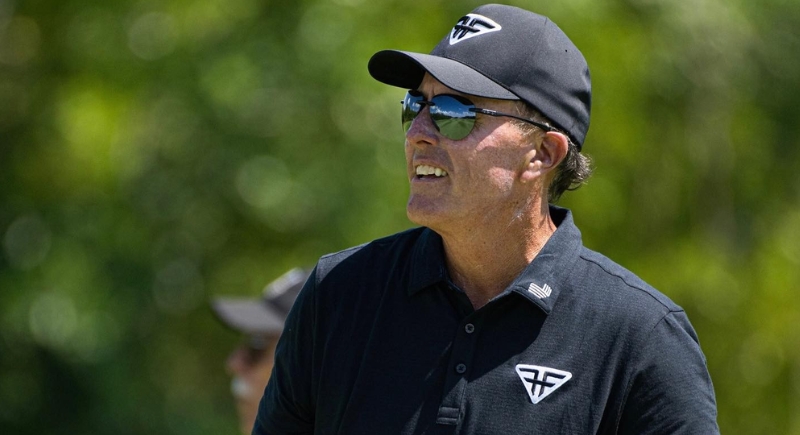
Credit: Instagram
Spending a career alongside Tiger Woods made it quite impossible for Phil Mickelson to escape comparison. He won six majors and delivered some memorable shots in modern golf, yet rarely felt like the dominant force. His highs were spectacular, but his lows—especially in majors—kept him from matching Tiger’s level.